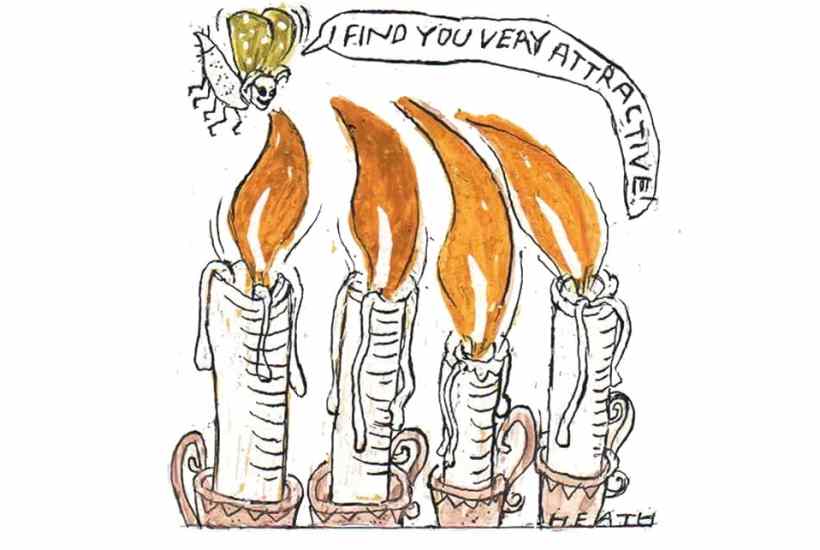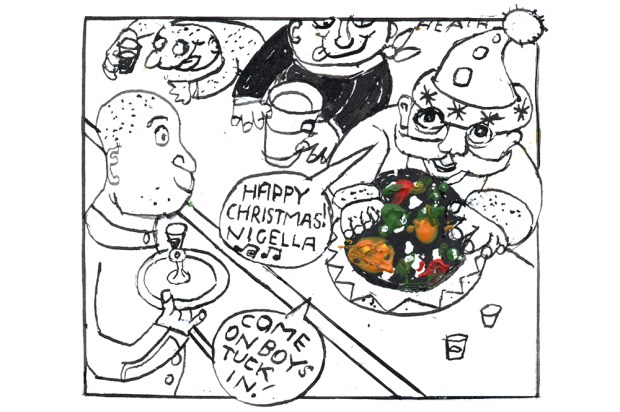Under the sink. That’s where most of us will be keeping a stash of candles in case the lights go out this winter on account of an erratic electricity supply. There’s nothing worse than finding yourself in darkness and not remembering where you’ve left the candles and the matches. Be prepared.
We’ve got out of the habit of using candles except for dinner parties, so we’ve lost touch with our inner chandler. Not many children go to sleep looking at night (tea) lights because they’re afraid of the dark.
So I sought out the founder of Candle Maker Supplies off the Shepherd’s Bush Road in London, David Constable, who remembers the 1970s when blackouts meant everyone using candles. His tip: chill your candles before using them; that way, they last longer. As for the composition of the candle, he says it’s really a choice between paraffin wax (cheap and effective) and beeswax (lovely and long-lasting but at least three times more expensive) or – his preference – a mix of the two, say nine parts paraffin to one part beeswax. But not soya: ‘Soya wax is awful.’ If you’re an eco-vegan, with issues about beeswax and paraffin, your options are less good.
Time was when candles were even more animalic, being usually made from tallow –rendered animal fat – which had the advantage of being cheap and the disadvantage of being smelly. That was displaced in the 19th century with paraffin and spermaceti oil.
In churches, candles must be more than half beeswax – formerly they had to be all beeswax. The wax represents Christ’s flesh; the wick, his soul; the flame, his divinity. In the Middle Ages, according to the medieval historian Eamon Duffy, people would get a wick the length of someone they were praying for and make a whopper candle to burn for them. The alternative was to coil the wick into a spiral covered in wax, which was the cheaper option.
Votive candles are everywhere. Alan Matthews, of Charles Farris, church candle-makers, observes that in a church they’re on stands and warns against clustering them together at home.
Some households will be fragrant with frangipani and pine cones during blackouts, because scented candles are pretty well the default present for women. Some, frankly, stink, but Linda Pilkington of Ormonde Jayne makes some lovely ones. She advises proper candle management. The first time, let the candle burn for at least three hours so as to melt a puddle right across to the edge of the holder; otherwise you end up with the wick tunnelling into the wax rather than burning right across. Extinguish by putting on the lid. Keep the wick upright; if it slants, burn it a little, then nudge it straight.
For a DIY candle, she says, lay a sheet of beeswax on a board, put a length of cotton wick down the edge and roll the wax tightly over it as if you’re making a Swiss roll. There: simple.
Got something to add? Join the discussion and comment below.
Get 10 issues for just $10
Subscribe to The Spectator Australia today for the next 10 magazine issues, plus full online access, for just $10.
You might disagree with half of it, but you’ll enjoy reading all of it. Try your first month for free, then just $2 a week for the remainder of your first year.














Comments
Don't miss out
Join the conversation with other Spectator Australia readers. Subscribe to leave a comment.
SUBSCRIBEAlready a subscriber? Log in